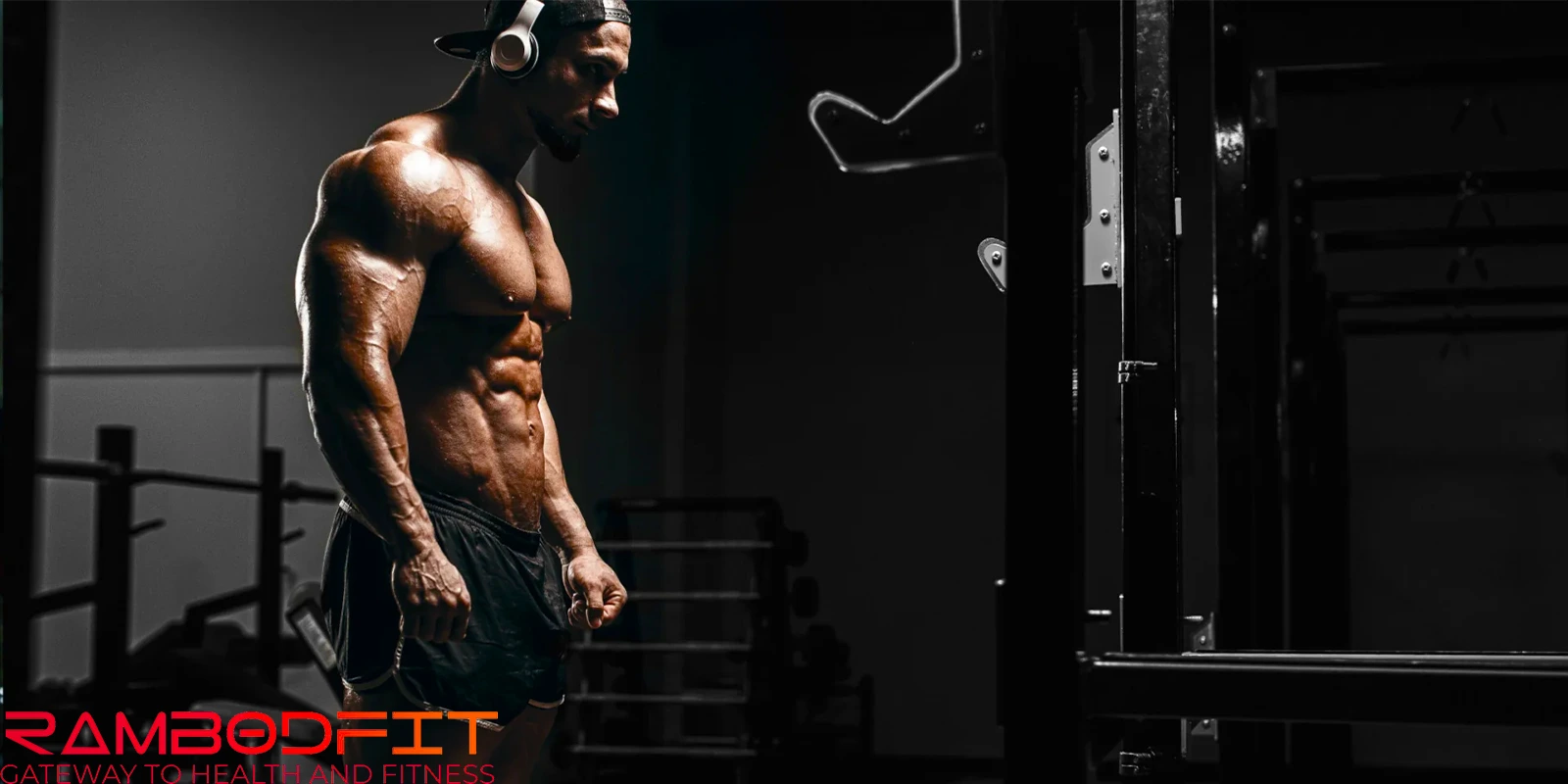


Alright, let’s get real for a sec—muscle-building advice is basically a shouting match, and the whole Pyramidal Training vs Traditional Training debate? That’s like the fitness world’s version of Marvel vs. DC. People have Opinions, you know?
So, when it comes to Pyramidal Training vs Traditional Training, you’ve probably seen the pyramid approach floating around Insta or TikTok, or whatever. Sometimes you start light and go heavy (descending pyramid), or the other way around (ascending). Kaged made it a whole vibe, but honestly, bodybuilders have been messing around with these set structures since, like, forever.
But here’s the thing everyone’s actually wondering: in the Pyramidal Training vs Traditional Training showdown, does stacking your sets in a pyramid shape actually make your muscles blow up faster than just banging out boring old straight sets? That’s the million-dollar question.
We’ll dig into what the science nerds say about Pyramidal Training vs Traditional Training, toss in some real-life gym stories, and maybe even throw a few personal takes into the mix. Because, let’s face it, lifting weights is part science, part bro-science, and part just seeing what feels badass.
Oh, and if you’ve ever been down the Rambodfit rabbit hole, you know he’s got thoughts on Pyramidal Training vs Traditional Training. Stick around.
Table of Contents

Alright, so here’s the deal with the pyramidal system—it’s kinda like the Swiss Army knife of lifting. In the whole Pyramidal Training vs Traditional Training conversation, this method stands out because you’re basically playing with weight and reps in this sneaky pattern, hitting a bunch of goals at once. Not just lifting for the sake of it, you know?
Let’s talk ascending pyramids first. In the Pyramidal Training vs Traditional Training setup, the ascending version has you start off easy—light weight, not much stress. Then you jack up the reps and drop the weight as you go. So like, 5 reps, then 10, then 15, then 20. Seriously, it’s a solid way to get your blood pumping and joints ready before you start throwing around the big plates. Basically, it’s your warm-up’s cooler cousin.
Now, flip it—descending pyramid. When comparing Pyramidal Training vs Traditional Training, this is where the pyramid method really flexes. You kick things off with the heavy stuff right out the gate. Go all out while you’re still fresh, then peel off weight and tack on more reps as you get tired. Think: 20, 15, 10, 5, but with the weight getting lighter as you go. Feels kinda backwards at first, but it’s brutal in a good way.
What’s cool is, in the grand scheme of Pyramidal Training vs Traditional Training, this style hits every rep range possible. So you’re not just getting stronger or just getting bigger—you’re getting both (hello, powerbuilding). It’s like a two-for-one deal, and honestly, who doesn’t love a bargain?
Let’s just cut through the science-speak: in the Pyramidal Training vs Traditional Training debate, if you’re busting your butt with the same total effort and volume, it really doesn’t matter which camp you’re in—your muscles don’t care; they’ll grow just the same.
But honestly, I do see why people lean toward the pyramidal side in the Pyramidal Training vs Traditional Training matchup. It’s way less boring. You get to mix up your weights and reps, so you’re not just grinding out the same thing over and over. Plus, it sort of tricks your brain and your body into pushing harder without totally frying yourself by the third set. That ramp-up style stops you from burning out too soon.
Personally? I was stuck in a rut for ages, just adding five pounds here and there and getting nowhere. Then I switched things up with Pyramidal Training vs Traditional Training in mind—especially for stuff like bench and squats—and boom, I could handle heavier lifts without feeling like I was about to collapse. So, yeah, science might say it’s all the same, but in real life? The pyramids gave me a serious kick out of my plateau.

Here’s the thing—most of the Pyramidal Training vs Traditional Training research is stuck in this comfy little bubble of 5 to 15 reps. Like, come on, that’s hardly the whole picture. Nobody’s really played around with wider rep ranges, so we might be missing out on something huge here. In the Pyramidal Training vs Traditional Training debate, maybe stretching those numbers out—going heavier or lighter—could unlock more gains than the usual sets ever could. Honestly, it feels like we’re just scratching the surface. Expand the scheme, and we might just blow past what regular training ever did for muscle growth.
Look, when it comes to Pyramidal Training vs Traditional Training, the truth is simple—whether you’re doing pyramidal sets or just sticking with the same boring reps every time, you can still build muscle. The real secret sauce? Actually pushing yourself hard and doing enough work. That’s it.
But in the Pyramidal Training vs Traditional Training discussion, pyramidal training—yeah, it’s got a vibe. It keeps things interesting, you know? You start light, ramp up, then back off a bit. It messes with your head in a good way, makes it feel less like a slog, and honestly, it’s just more fun. Keeps you from getting bored and bailing on the whole gym thing after two weeks.
If you’re stuck in a rut, experimenting with Pyramidal Training vs Traditional Training can shake things up, give your muscles a new reason to grow, and honestly just make the whole process suck a little less. Give it a shot—that plateau won’t know what hit it.

Alright, so here’s the deal with Pyramidal Training vs Traditional Training. People love to hype up new workout methods like they’re some kind of holy grail, but let’s not kid ourselves—Pyramidal Training vs Traditional Training isn’t about magic; switching up your reps and sets alone won’t turn you into The Rock overnight. The real win here is shaking up your routine, keeping things interesting, and, honestly, tricking your body into not getting too comfortable.
See, in the Pyramidal Training vs Traditional Training debate, the traditional style can get pretty dull. Same weight, same reps, day in and day out—it’s like eating plain oatmeal every morning. Sure, it works, but man, you’re gonna get bored. Pyramidal training throws in some spice by ramping up the weight and dropping the reps as you go (or the reverse, depending), and that keeps your muscles guessing. Muscles love a challenge—and let’s face it, so does your brain.
Plus, when you break down Pyramidal Training vs Traditional Training, it’s not just about chasing bigger guns or a meatier chest—pyramidal training lets you hit both strength and muscle growth in one shot. You start off lighter to warm up and nail your form, then move to heavier weights to really push yourself. It’s smarter, not necessarily harder. And if you ever feel like you’re stuck on a plateau (and who hasn’t?), switching things up with this method can be just what you need to get out of that rut.
Also, in the bigger picture of Pyramidal Training vs Traditional Training, variety isn’t just for fun—it’s legit good for you. It keeps injuries at bay, prevents burnout, and makes it way less likely you’ll bail on your workouts if you’re not dreading another copy-paste gym session. Pyramidal training brings structure, but not so much that you’re handcuffed to a rigid plan. That flexibility is golden, especially if you’re juggling work, life, and maybe a social life (if you remember what that is).
So yeah, in the end, Pyramidal Training vs Traditional Training isn’t about one being “better” than the other—it’s about what keeps you consistent and engaged. Pyramidal training won’t perform miracles, but it sure makes the grind a bit more interesting, and honestly, that’s half the battle. If you want your progress to keep moving instead of flatlining, it’s worth a shot. Worst case? You shake off some boredom. Best case? New gains, fewer plateaus, and maybe you actually start looking forward to your workouts instead of dreading leg day.
This study confirms that pyramidal and traditional training produce comparable hypertrophy and strength gains, validating the points made in this article.
PubMed Link – Crossover Design Study
Beginners benefit most from ascending pyramids, which gradually increase intensity. Advanced lifters may prefer descending pyramids, starting heavy and reducing weight to maintain volume without burnout.
It helps with strength gains because it exposes muscles to multiple rep ranges, but actual hypertrophy is similar to traditional training if total volume and intensity are equal.
Yes — but start with lighter weights to avoid overloading small joints. Ascending pyramids are ideal for smaller muscles like biceps or lateral delts.